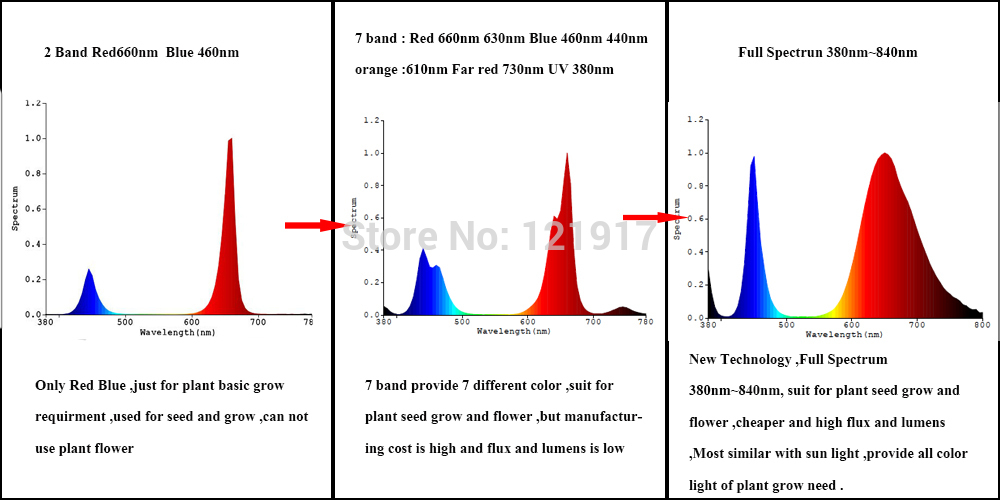Hi
Together with David and Björn (from the Maritime Museum & Aquarium Gothenburg) can I present some rather primary results according to oxygen production of three different species hard corals. The oxygen production is a result of photosynthesis; hence you can use production during a certain time as an estimate of photosynthesis rate. We use small enclosed plastic containers with water and corals inside. Before closing – oxygen level was measured. The container was placed below 6 monochrome LED sources (400, 420, 450, 530, 630 and 660 nm) and below a white LED of 6500 K. PAR level for all 7 tests was adjusted to 90. After 2.5 Hour – The containers was open up, and a new measure of oxygen take place. For Seriatopora hystrix and S. caliendrum the weight was taken and for Montipora – the area was calculated. From this – an oxygen production per weight and hour (S. hystrix and S. caliendrum) was calculated and for Montipora sp oxygen production per square cm and hour was calculated. The result are shown in the graphs below.
Interesting test. I appreciate you contributing the data and research. I am curious, however, if the fact that the PAR was adjusted to be equivalent across all monochromatic and the single blended white LED sources somehow skewed the actual amount of light energy greatly between the light types. I can imagine a 400nm LED was absolutely blasting the sample with photon energy compared to the 6500k LED adjusted to that same 90 PAR set point. Since PAR is already a scale that weights light spectra differently based on a preset photosynthetic response curve, wouldn't using it as part of the baseline metric when testing monochrome LED sources undermine the magnitude of any contrasts we were hoping to see between the spectra.
Were all lamps driven at the same wattage? Or was their height above the same simply adjusted to achieve desired PAR level for the test? Any spectrometer data on the lamps used as well? I'd be super interested to see what sort of bandwidth a 400nm LED actually covers. It's always important to know how much real spectral range we're working with despite the sticker on the lamp that might say 400nm etc.




















